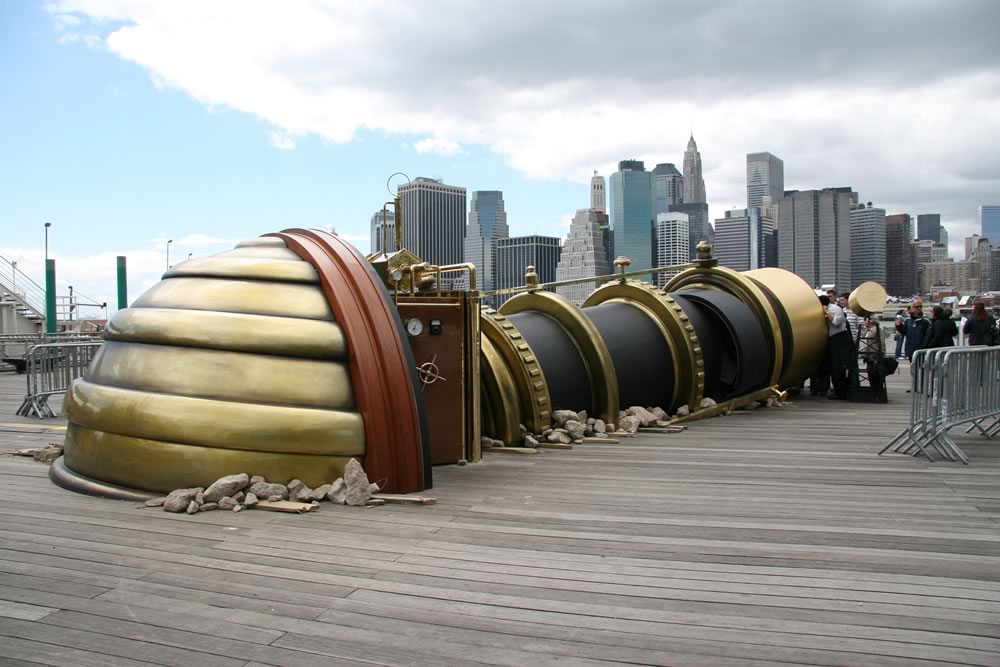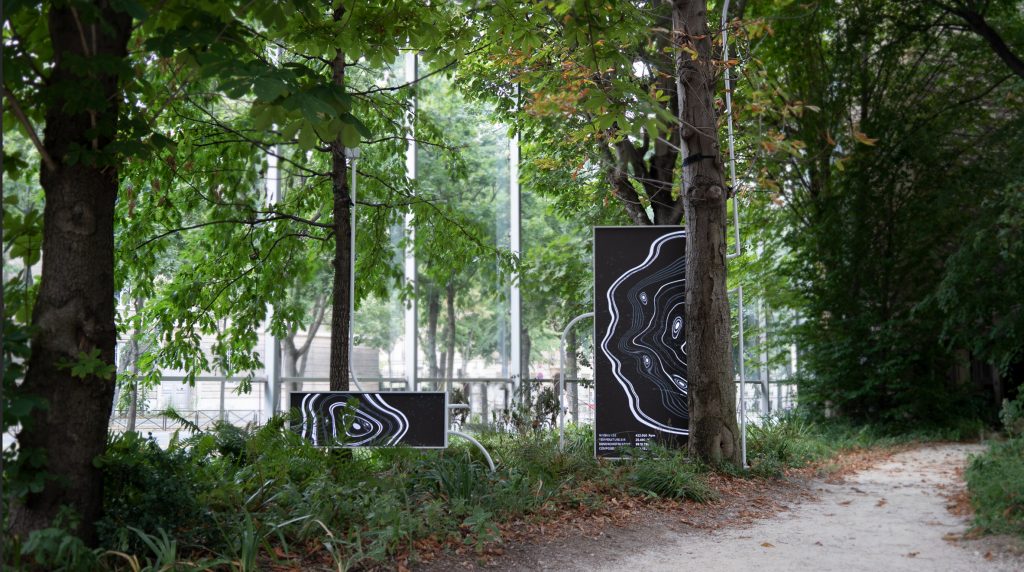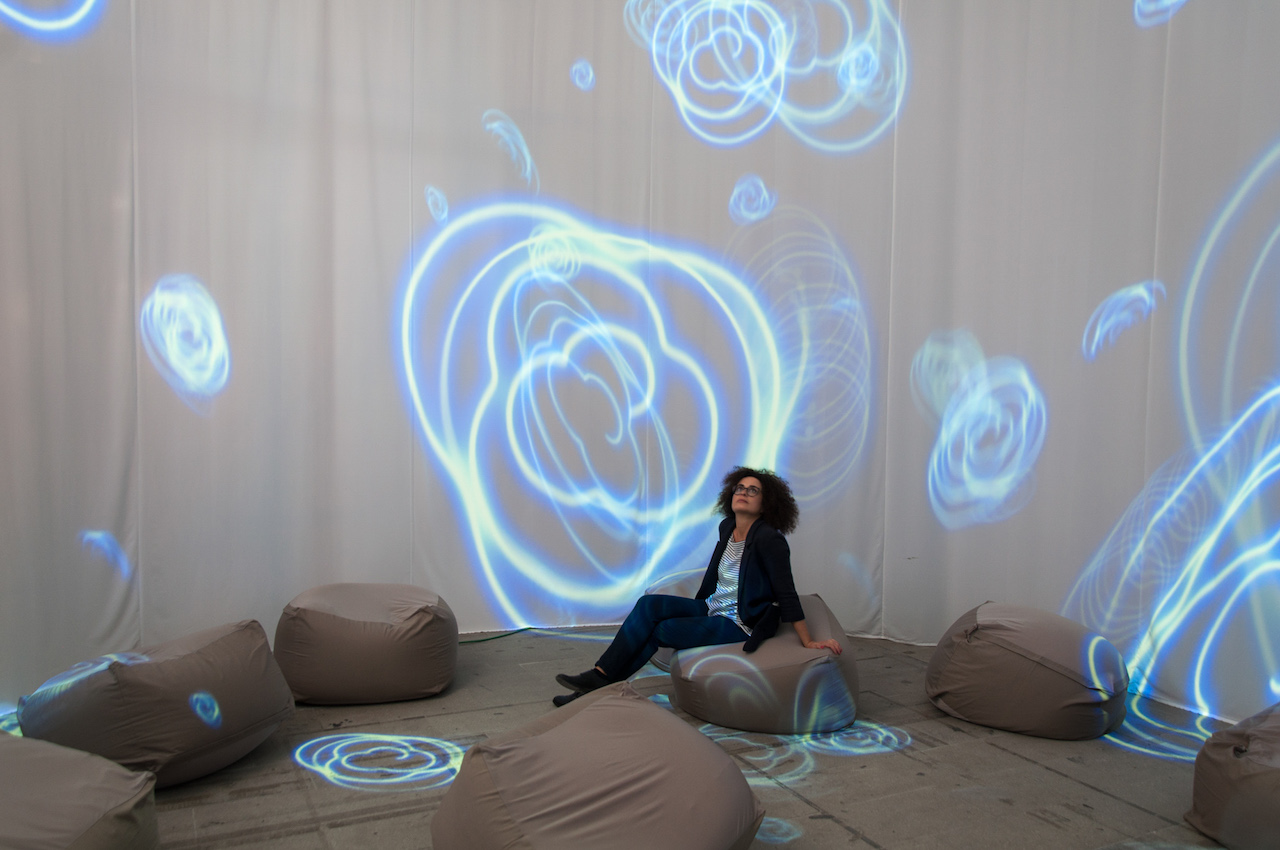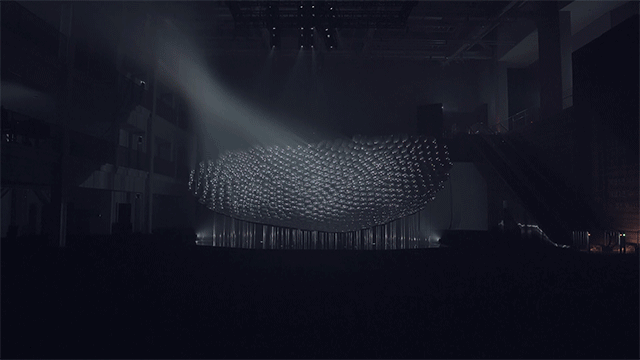“The Smithsonian’s design museum goes high tech” by The Verge
The New Cooper Hewitt Experience
The Cooper Hewitt Smithsonian Design Museum’s interactive pen and tabletop experience left a deep impression on me when I first experienced it.
I was inspired by the way it augmented a typical museum experience by personalizing each visitor’s journey throughout the galleries. While there are many features of this unique project, one of the key computational/interactive art moments is the Immersion Room. This room takes inspiration from the museum’s own permanent wallpaper collection, and transforms the way people experience it. In the Immersion Room, visitors can not only digitally project wallpapers from the Museum’s collection, but also draw and display their own creations on the wall. When visitors draw on the tabletop interface using their pen, their drawing is projected on the walls in real-time.
Demo of the Immersion Room
Many different teams were involved in ideating, designing, and developing this experience. It integrates existing products, such as Sistelnetworks’ “vWand”, which have been re-engineered to fit the specific needs of the museum. I admire the way this project not only challenges the traditional museum experience, but also opens up the possibility for other industries/organizations, such as schools, to utilize these interactive technologies to enhance or radically change the way people experience and learn new things.
![[OLD FALL 2019] 15-104 • Introduction to Computing for Creative Practice](../../../../wp-content/uploads/2020/08/stop-banner.png)








